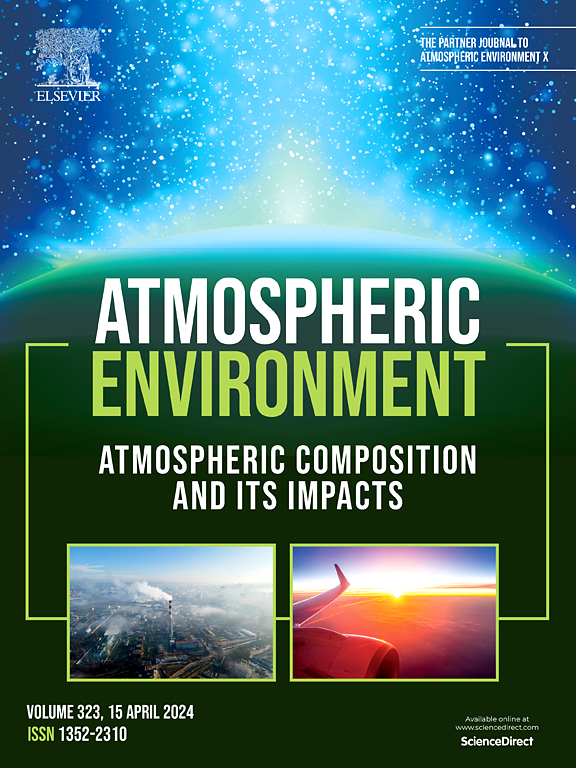The regional and local sources of particle lung deposited surface area (LDSAal) and aerosol physical and chemical characteristics in a major Central European city
IF 4.2
2区 环境科学与生态学
Q2 ENVIRONMENTAL SCIENCES
引用次数: 0
Abstract
The physical and chemical composition of ambient fine particles is crucial to understand when assessing the adverse health effects of air pollution. Currently, particle health effect estimations as well as air quality monitoring are mainly based on the particle mass (like PM2.5). However, PM2.5 cannot be used to assess the effects of ultrafine particles, nor it cannot explain why in some regions PM mass seems to be relatively more harmful. In this study, the detailed physical and chemical characteristics of urban aerosol, together with particle lung deposited surface area (LDSAal) measurement, were analysed in Düsseldorf, Germany, to understand the aerosol that people are exposed to in a typical large Central European city. Overall, LDSAal, PM2.5 and chemical composition were mainly dependent on the regional aerosol, which was linked to aged aerosol as well as traffic and biomass burning within the city. Near pollution hotspots (airport, river, city centre), LDSAal increased by 14–19 %, whereas PM2.5 increased by 4–13 %. However, a major fraction of particles were smaller than 10 nm, suggesting potential health effects (like brain effects) without clear contribution to LDSAal. Particle number concentrations were clearly elevated near the pollution hotspots, especially the airport, showing the importance of non-road-traffic local pollution sources in urban environments. The study highlights the need to control pollution sources both outside and within cities in Central European cities. Also, the need to understand the health-damaging potential of ultrafine particles, including the semi-volatile, non-volatile and sub-10 nm fractions, is emphasised.

求助全文
约1分钟内获得全文
求助全文
来源期刊

Atmospheric Environment
环境科学-环境科学
CiteScore
9.40
自引率
8.00%
发文量
458
审稿时长
53 days
期刊介绍:
Atmospheric Environment has an open access mirror journal Atmospheric Environment: X, sharing the same aims and scope, editorial team, submission system and rigorous peer review.
Atmospheric Environment is the international journal for scientists in different disciplines related to atmospheric composition and its impacts. The journal publishes scientific articles with atmospheric relevance of emissions and depositions of gaseous and particulate compounds, chemical processes and physical effects in the atmosphere, as well as impacts of the changing atmospheric composition on human health, air quality, climate change, and ecosystems.
 求助内容:
求助内容: 应助结果提醒方式:
应助结果提醒方式:


